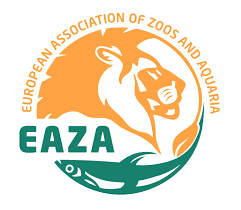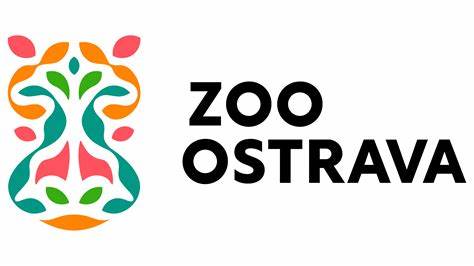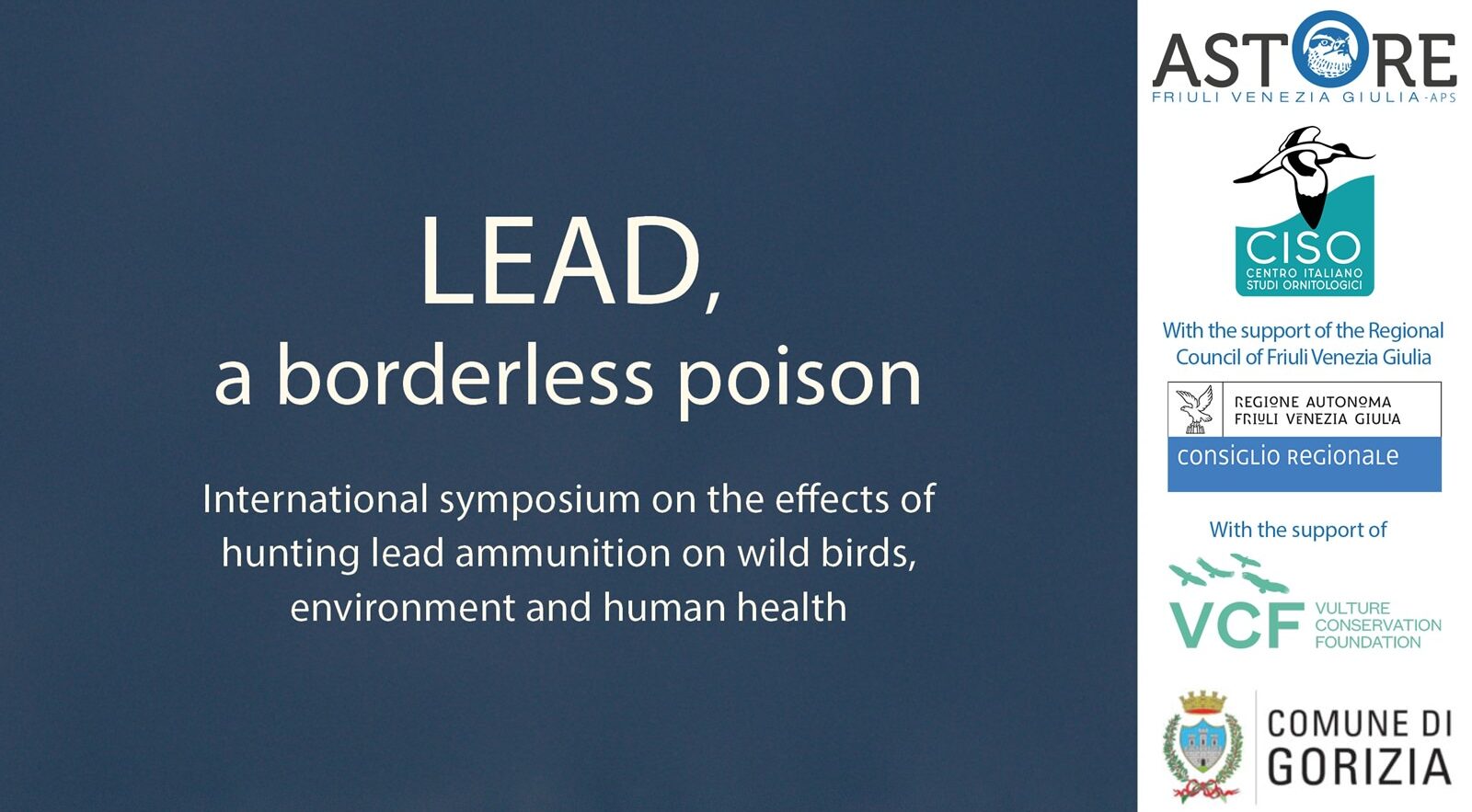This year marks the thirteenth consecutive year of Bearded Vulture (Gypaetus barbatus) reintroduction in the Grands Causses region of southern France.
On 27 May 2025, two young vultures took their first steps into the wild, released as part of the ongoing LIFE GypAct project.
This time, the birds came from far afield: “Ushuaia” from Helsinki Zoo in Finland, “Ubac” from Ostrava Zoo in the Czech Republic. Both institutions play an important role in the Bearded Vulture EEP (European Endangered Species Programme), contributing to a network of captive-breeding centres working together to reintroduce or restock wild Bearded Vulture populations in Europe.
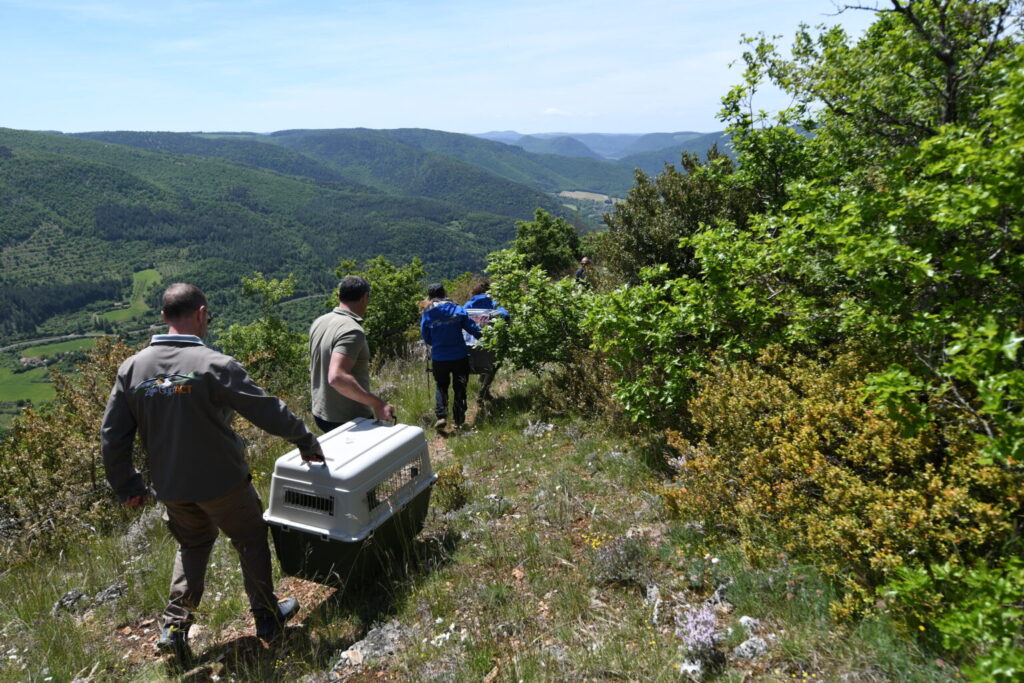
Reintroductions in the Grands Causses
Over the past twelve years, 42 Bearded Vultures (19 females and 23 males) have been released at Grands Causses within different projects. Impressively, 36 of them successfully fledged. As of early 2025, 17 individuals remain present in the wild, with 13 actively tracked by GPS. Most still inhabit the Grands Causses, although a few have ventured to other mountain ranges.
These efforts are part of a broader European strategy to restore a self-sustaining Bearded Vulture population in the Massif Central, reconnecting this region with other core populations in the Alps and Pyrenees.
Apart from Ushuaia and Ubac, other released birds in Grands Causses within the LIFE GypAct project include:
Meet Ushuaia and Ubac
The female chick Ushuaia (BG1269) began her journey on 3 March 2025, hatching at Helsinki Zoo in Finland. Hatched to a seasoned breeding pair—now celebrating their fifth consecutive successful breeding season—she quickly showed signs of strength and vitality. Under the careful watch of the zoo’s expert team, Ushuaia thrived during her early weeks, growing and developing well until the release.
Thanks to a nest camera, her development can be followed closely: a glimpse into the tender yet primal world of vulture parenting. Her devoted parents took turns feeding her, offering fragments of bone and small prey. With precision, they stripped meat from the carcasses and gently fed it into her open beak.
Watch the video of Ushuaia’s first month of life in Helsinki Zoo.
The male chick, Ubac (BG1261), hatched on February 21, 2025, at Ostrava Zoo in the Czech Republic. This chick was part of a remarkably successful breeding season, with four Bearded Vultures hatching this year at the zoo.
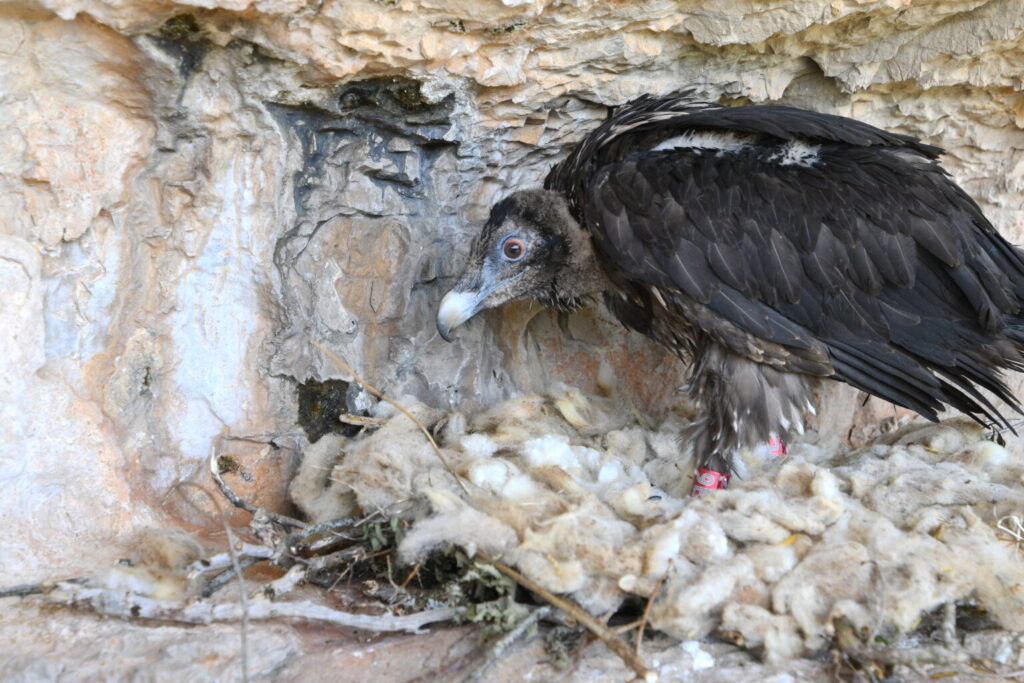
First week in the wild
Now free among the cliffs of the Grands Causses, Ushuaia and Ubac have begun the most important chapter of their lives: learning to be wild. The monitoring team is closely following their first weeks—watching as the young vultures stretch their wings, explore their surroundings, and eventually take flight.
As is often the case, their first few days were quiet and cautious. Still recovering from the long journey, and likely overwhelmed by the experience of their release—both birds spent much of their time perched at the release site.
Ushuaia in particular remained reserved. She clung to her ledge, hesitant to descend and explore. But day by day, her confidence has grown. She now moves more freely, navigating the rocks and ledges with increasing ease.
Some mild tension was observed between the two, especially early on. Ushuaia occasionally showed dominant behaviour—but never aggression—towards Ubac. He, in contrast, has proven the bolder of the two: curious, adventurous, and already comfortable in his new home. He’s explored beyond the immediate release site and even taken two refreshing dust baths, a sign of growing independence.
Both birds are feeding well, preening regularly, and showing natural behaviours—early indicators of a promising adaptation to life in the wild.
We wish the released Bearded Vultures a long life in the wild and look forward to one day seeing them soaring freely over the Causses, and perhaps even raising chicks of their own.
Restoring the Bearded Vulture Alpine and Pyrenean populations
To restore the Bearded Vulture metapopulation between the Alps and the Pyrenees, the LIFE Gyp’Act project plans to release 60 captive-bred juveniles in different locations across Southern France and the Pre-Alps. The LIFE Gyp’Act builds on the legacy of the LIFE GypConnect and ensures the continuity of the conservation measures implemented so that Bearded Vultures continue to flourish.
LIFE Gyp’Act is a 13M€ project, co-funded by the EU’s LIFE programme, that will run until 30 November 2028. Project partners are LPO – Ligue pour la Protection des Oiseaux as coordinator beneficiary, and the Vulture Conservation Foundation, Association Vautours en Baronnies, LPO Auvergne-Rhone-Alpes, LPO Occitanie, Sorbonne Université, ENEDIS, Centre National d’Informations Toxicologiques Vétérinaires, Parc National des Cévennes e Parc Naturel Régional du Vercors as associated beneficiaries.

